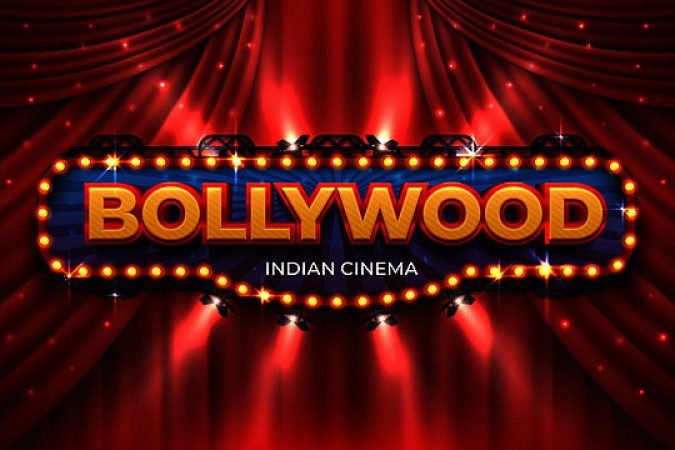
Bollywood, the heart of Indian cinema, has grown to become a kaleidoscope of narratives, languages, and cultures. Bollywood, which is India's biggest film industry, has celebrated the linguistic and cultural diversity of the country while also helping to establish Indian cinema as a major force in the world of film. Among the many languages that have a presence in Bollywood, Assamese, Gujarati, Punjabi, Bengali, Tamil, Hindi, Kannada, Malayalam, Telugu, and Marathi stand out as examples of a diverse range of linguistic expression.
The Assamese language has sporadically appeared in Bollywood movies despite being less frequently used. These examples demonstrate the inclusivity that characterizes Indian cinema, where regional languages are given a stage to reach a larger audience.
Bollywood has also been influenced by Gujarati, a language known for its rich cultural history. Gujarati characters, dialogue, and even entire scenes have made their way into Hindi movies, bridging the gap between two linguistically distinct worlds.
One of the strongest influences on Bollywood may come from Punjabi, with its contagious energy and vibrant culture. Punjabi has not only found a place in songs and dialogue but has also contributed to the ethos of Hindi cinema, from soul-stirring music to warmhearted stories.
Bollywood has been significantly impacted by the literary and creative traditions of Bengali culture. Bengali's elegance and depth have made an imprint that will never be erased on the world of Hindi movies, whether it be through literary adaptations or direct language use.
Bollywood has embraced Tamil, a language praised for its illustrious literary history and film industry. The contribution of Tamil to Hindi films demonstrates the elegance of cultural fusion in Indian cinema.
The backbone of the business is Hindi, the language of Bollywood. It serves as the blank canvas on which various narratives are painted, and it brings emotions to life. Hindi is a crucial component of the cinematic experience because of its versatility and reach, which range from poetic dialogue to soul-stirring songs.
The Bollywood spotlight has previously shone on the Kannada, Malayalam, Telugu, and Marathi languages. These languages contribute to the richness of the cinematic landscape, giving Hindi films layers of authenticity and cultural depth, whether through collaborations, remakes, or cultural allusions.
Bollywood films' linguistic variety serves as an example of India's commitment to diversity while maintaining unity. The vibrant tapestry of narratives that makes up the world of Hindi cinema includes all languages, whether they are overtly used or not. The addition of Assamese, Gujarati, Punjabi, Bengali, Tamil, Hindi, Kannada, Malayalam, Telugu, and Marathi languages to Bollywood broadens the storytelling possibilities and supports the notion that cinema is a reflection of the many voices that contribute to the formation of the identity of the country. Bollywood is a symbol of India's artistic prowess and cultural diversity in the symphony of multilingual melodies.
PK: the Cosmic Comedy's Galactic Triumph as Bollywood's Highest-Grossing Film
The Journey of Baby Pinky to Priyanka: Unveiling the Transformation of a Child Star
Reena Roy: A Shining Star's Journey from Bollywood to Regrets